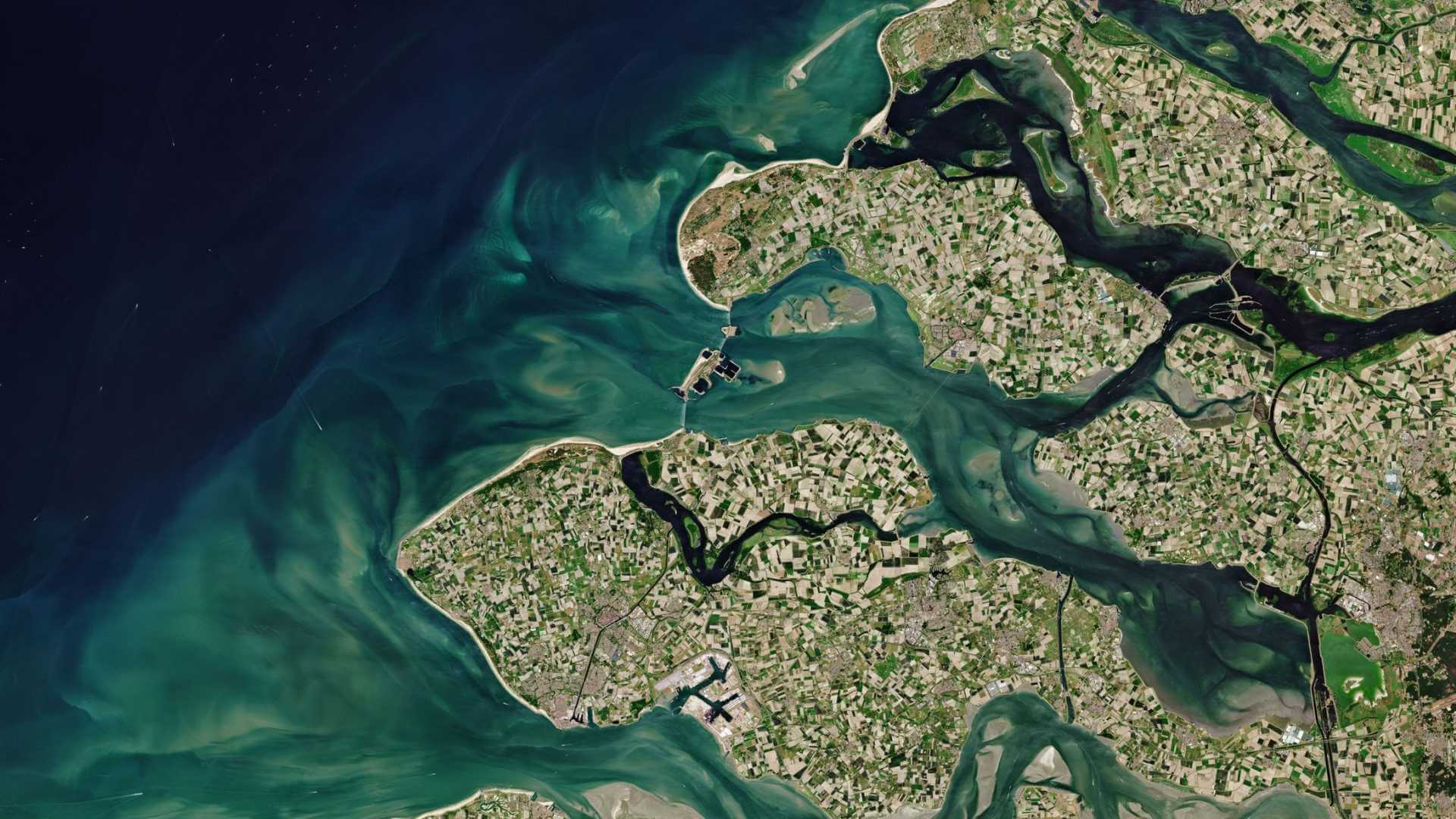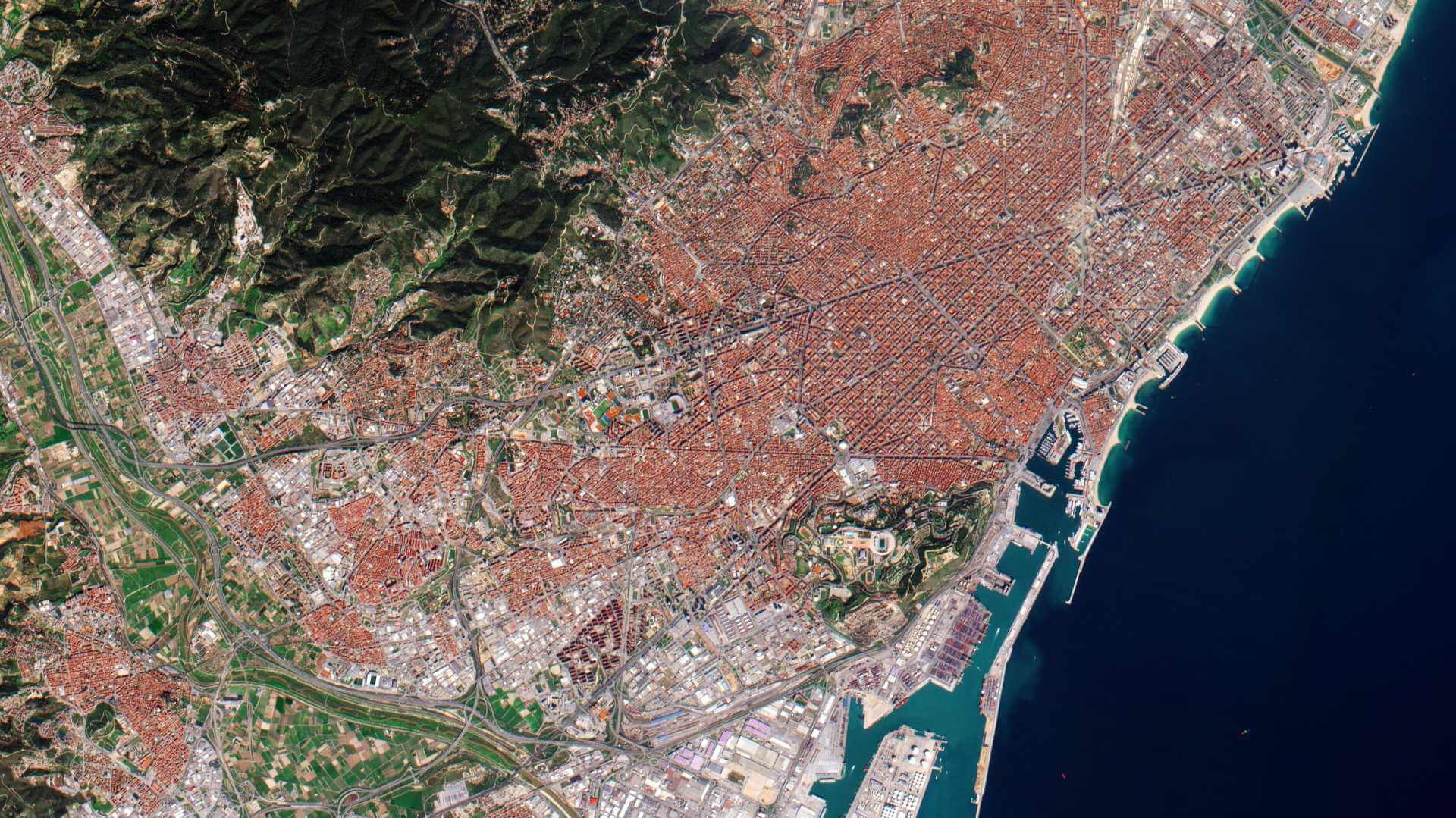Featured
About SPOT 2
SPOT 2 (Satellite pour l'Observation de la Terre) was a commercial Earth-imaging satellite from CNES (Centre National D’Etudes Spatiales), the French Space Agency. It was launched on 22 January 1990 and ceased operations (deorbited) in July 2009. SPOT 1, 2 and 3 were identical satellites.
| Orbit Height | 832 km |
| Orbit Type | Sun-synchronous |
| Orbit Inclination | 98.7° |
| Orbit Duration | 101 mins |
| Repeat Cycle | 26 days |
SPOT 2 Objectives
SPOT 2, like all the SPOT missions, was aimed at supplying high-resolution, wide-area optical imagery. This was designed to improve the knowledge and management of Earth's resources, detecting and forecasting phenomena involving climatology and oceanography, and monitoring human activities and natural phenomena.
SPOT 2 Instruments
High-Resolution Visible (HRV)
Two identical HRV (High Resolution Visible) imaging instruments on SPOT 2 provided data at 10 metre spatial resolution and were able to operate in two modes: Panchromatic and 20 metre (Multispectral mode) with a swath of 60 km simultaneously or individually.
The HRV had an oblique viewing capability of 27° on each side of the local vertical. The swath was 117 km2 if both sensors were used simultaneously with a 3km2 overlap.
| Type | High-resolution optical pushbroom imager | |
| Ground Sample Distance | Panchromatic: 10 m Multispectral: 20 m | |
| Swath Width | 60 km | |
| Bands | Pan Green Red NIR (Near Infrared) | 0.51-0.73 µm 0.50-0.59 µm 0.61-0.68 µm 0.79-0.89 µm |
| Instrument Field of View | 4.13° | |
| Ground Sampling Interval (Nadir Viewing) | Panchromatic: 10 m x 10 m Multispectral: 20 m x 20 m | |
| Pixel per Line | Panchromatic: 6000 Multispectral: 3000 | |
| Swath Width | 60 km | |
SPOT 2 Data
DATA COLLECTIONS
Registered users are allowed access to the SPOT 1 to 5 ESA archive through the online dissemination server. The archive consists mainly of imagery over Europe and Africa that ESA has collected through the years.

